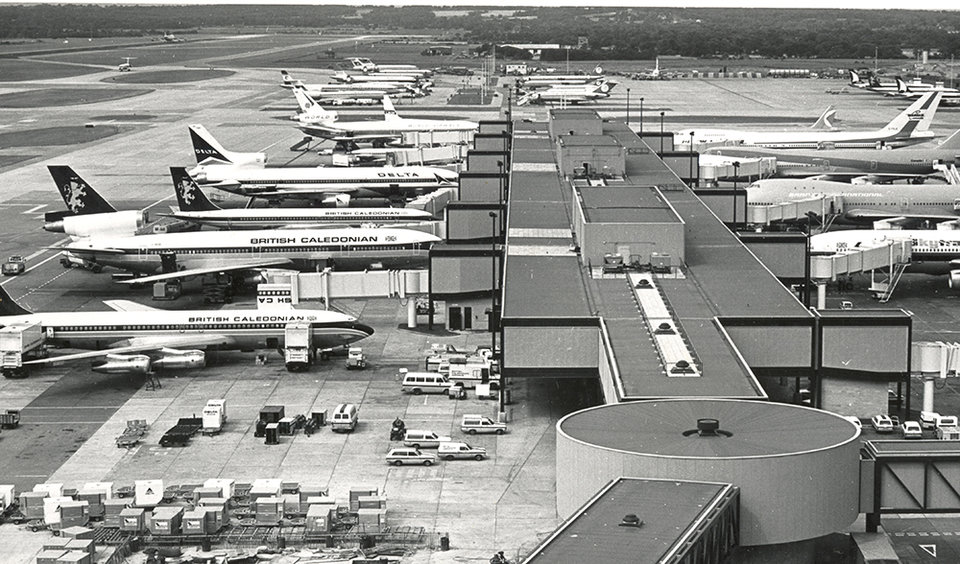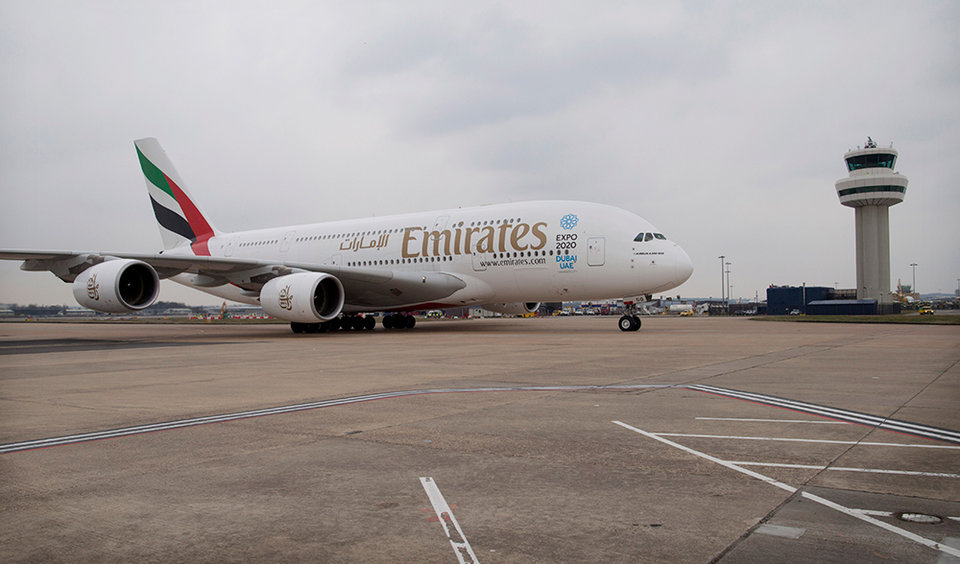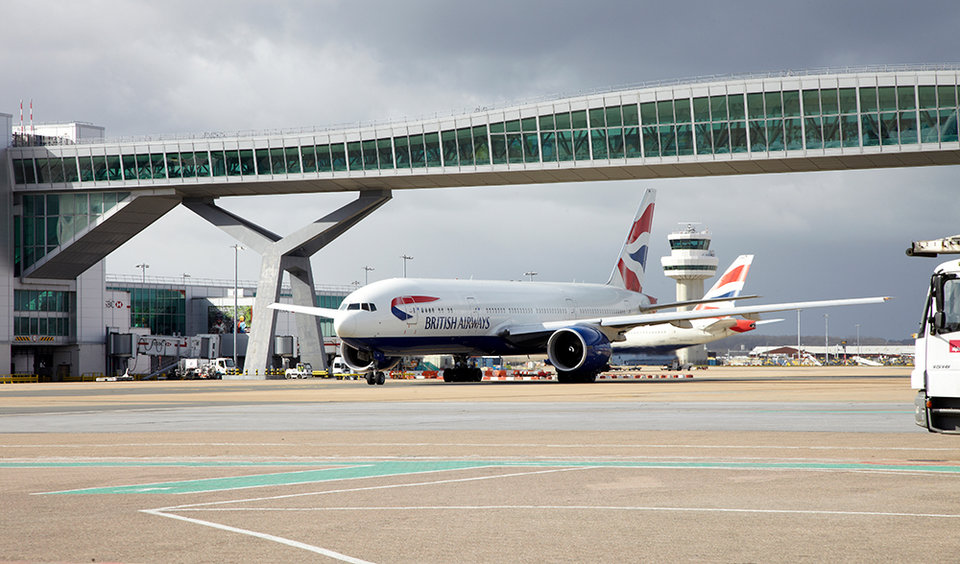I
n its 60-year history, Gatwick has grown from having 186,000 passengers to 44.6 million passengers pass through its doors every year and now offers flights to 228 destinations in 74 countries across the world, with a long-haul network of 63 routes.
The second busiest airport in the UK, Gatwick has greatly evolved in the past six decades, undergoing renovations and expansions, as well as seeing a number of celebrities and politicians pass through its gates.
Discussing the anniversary, Gatwick head of terminal operations Andy Pule said: “Throughout its history, Gatwick has remained at the forefront of innovation, investing billions over the years to ensure that we are constantly pushing the boundaries and delivering the best possible experience for our passengers.
“It’s been an unbelievable 60 years at Gatwick and we have had a magnificent impact in making air travel accessible to millions of people.”
“Now, as we move into our seventh decade, we look ahead to continuing our success story, with more global connections regularly being added to our thriving route network, and more pioneering solutions being provided to enhance the passenger experience.”
We take a look at some of Gatwick’s most iconic moments over the past 60 years.
All images courtesy of Gatwick Airport
Queen Elizabeth II officially inaugurates Gatwick, 9 June 1958
Gatwick Airport was officially inaugurated by Queen Elisabeth II on 9 June 1958, following a £7.8m renovation that made it the first airport in the world to have a direct railway link.
The London hub had existed since the 1930s, under the name of Surrey Aero Club, as a small flyers club mainly used by flying enthusiasts. It was then licensed to become a public aerodrome serving Paris and a relief aerodrome for London Croydon Airport.
The airport’s first scheduled flights were with Hillman’s Airways, which would later become British Airways. Gatwick also served as a base for RAF night-fighters and Army cooperation squadrons during the Second World War.

Expanding horizons, 1973
Having quickly gained international popularity in the first two decades of its existence, several expansions were required at the airport as the flow of passengers grew.
Initial runway extensions started in 1964 and continued the next year, as well as in 1970. The third and final expansion, in 1973, which lasted until 1998, brought the runway to a length of 3,098m and allowed for non-stop flights to the US West Coast.

Pope John Paul II lands at Gatwick, 1982
Several iconic personalities, celebrities and politicians have passed through the terminals of Gatwick Airport. From former US President John F. Kennedy to Princess Diana, the hub’s archives are filled with images of public figures at the facility.
However, possibly the most iconic and memorable occasion came in 1982, when Pope John Paul II flew in for his tour of the UK and kissed the tarmac upon arrival.

The Queen inaugurates the new North Terminal, 1988
Queen Elizabeth returned to Gatwick Airport for the opening of the North Terminal, the construction of which cost about £200m and led to the renaming of the existing runaway, which is now known as South Terminal.
The installation of a second terminal boosted the hub’s international reputation, requiring, ten years later, a fourth expansion, followed by the arrival of easyJet in 1999.

The longest air passenger bridge in the world opens at Gatwick, 2005
The airport’s Pier 6 was built in 2005 as part of expansion plans to increase the capacity of the North Terminal, connecting Gatwick by the largest air passenger bridge in the world.
The 197m long pier bridge had to be sufficiently wide and high to allow an aircraft the size of a Boeing 747-400 to pass underneath and was the first project of its kind in any UK airport, as well as the largest development since the opening of the North Terminal.
In 2017, Gatwick picked engineering, construction and project management company Bechtel to deliver its £182m Pier 6 extension project.

Emirates starts its scheduled A380 service, 2012
A change in owners at Gatwick, which was acquired by infrastructure investment fund Global Infrastructure Partners (GIP) in 2012, resulted in the launch of a new £2.5bn investment programme aimed at boosting the airport’s international presence.
GIP’s takeover coincided with Emirates’ first scheduled A380 service at Gatwick, which made it one of the few airports at the time capable of accommodating the next generation of passenger airplanes.
In order to become A380-compliant, the hub invested £6.4m in the building of new facilities, including the extension of three runway paid exit taxiways and modifications to taxiways between the runway and the stand.

A long dispute with Heathrow over runway expansions begins in 2013
Over the past few years, London’s two biggest airports, Heathrow and Gatwick, have bid to receive government backing for their expansion plans, consisting of the construction of additional runways.
Both hubs need to expand in order to cater to the ever-increasing number of air passengers and have claimed to have limited capacity compared to the amount of traffic registered on-site every year.
Heathrow eventually got the greenlight to start building its third runway, although environmental and cost-related concerns have so far delayed the beginning of works.

Airline reshuffle, 2017
Gatwick embarked on the biggest airline reshuffle in its history in early 2017. Three of the biggest airlines serving the hub, easyJet, Virgin Atlantic and British Airways, swapped terminals, the first two moving to the North Terminal and the third to the South Terminal.
The project had been planned for two years but took place within the space of 72 hours. British Airways left the North Terminal after almost 30 years of operations on this side of the airport.
Gatwick chief operating officer Chris Woodroofe said: “Relocating the airlines allows greater efficiency and positions all three carriers for growth, which in turn drives Gatwick’s growth.
